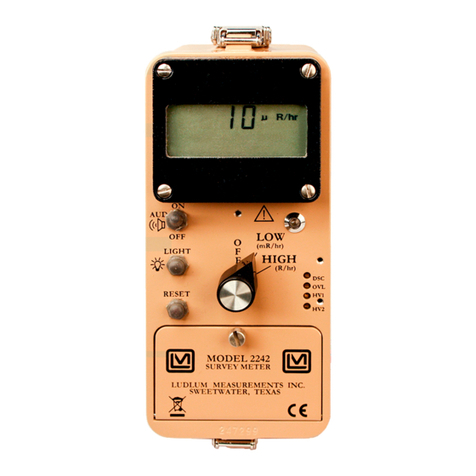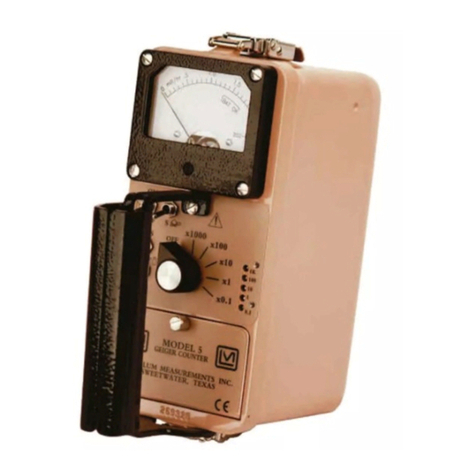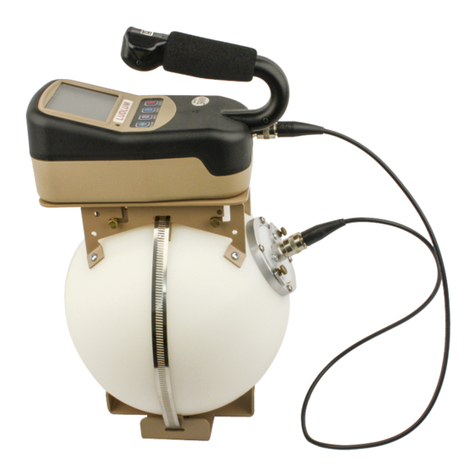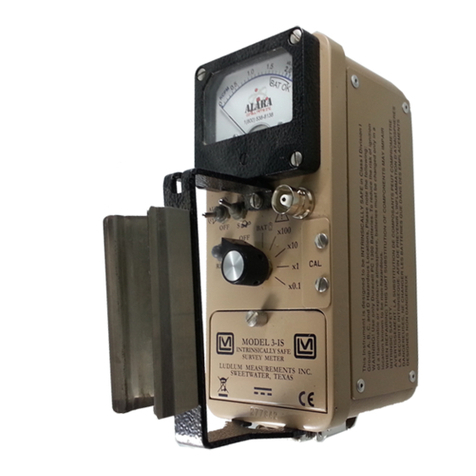Ludlum Measurements 4500 User manual
Other Ludlum Measurements Measuring Instrument manuals
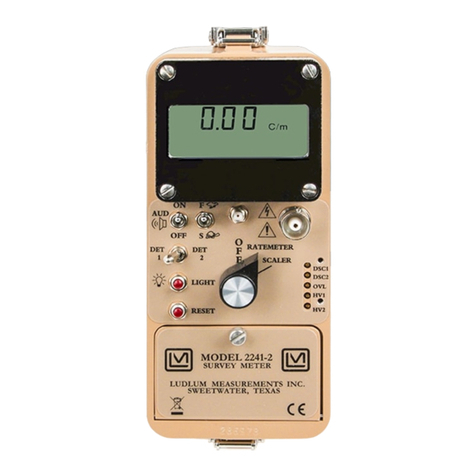
Ludlum Measurements
Ludlum Measurements 2241-2RK User manual
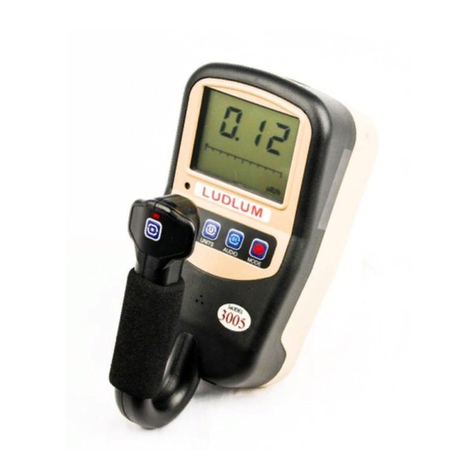
Ludlum Measurements
Ludlum Measurements 3005 User manual
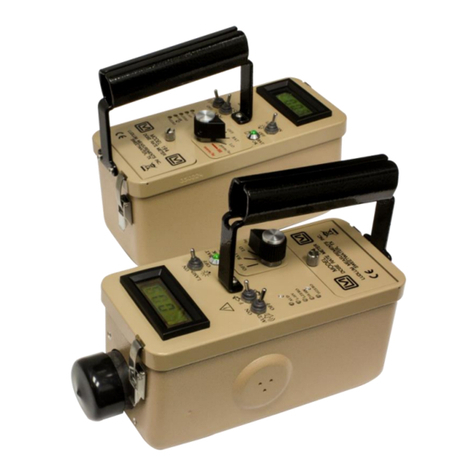
Ludlum Measurements
Ludlum Measurements 194 Series User manual
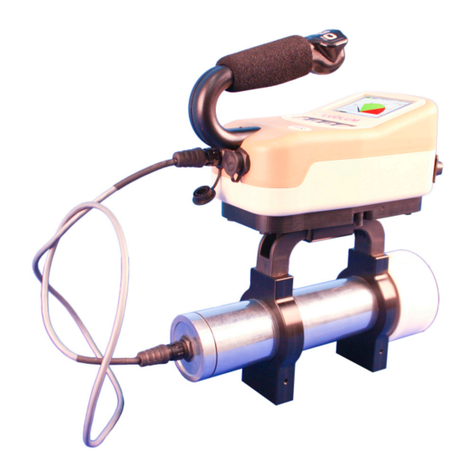
Ludlum Measurements
Ludlum Measurements 700e Series User manual

Ludlum Measurements
Ludlum Measurements 16 User manual

Ludlum Measurements
Ludlum Measurements 3A User manual
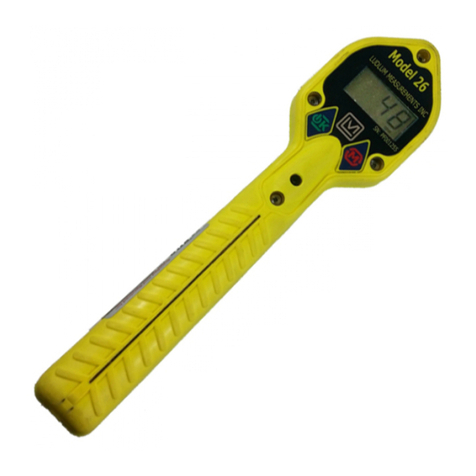
Ludlum Measurements
Ludlum Measurements 26-2 User manual
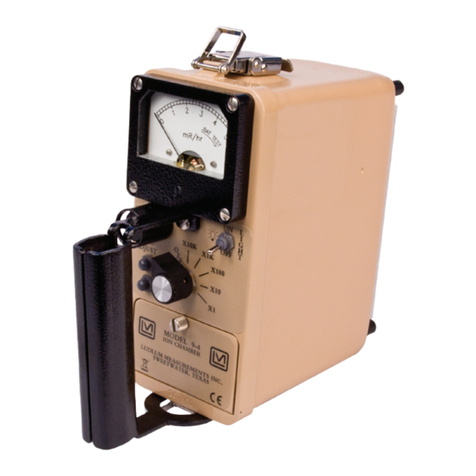
Ludlum Measurements
Ludlum Measurements 9-4 User manual
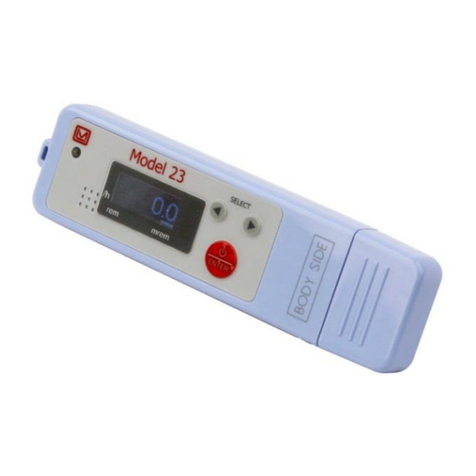
Ludlum Measurements
Ludlum Measurements 23 User manual
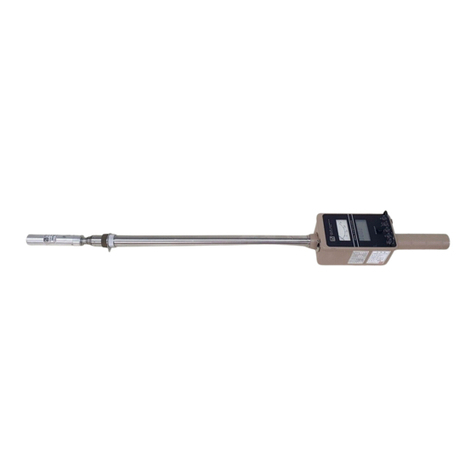
Ludlum Measurements
Ludlum Measurements 78 User manual

Ludlum Measurements
Ludlum Measurements 3002 User manual
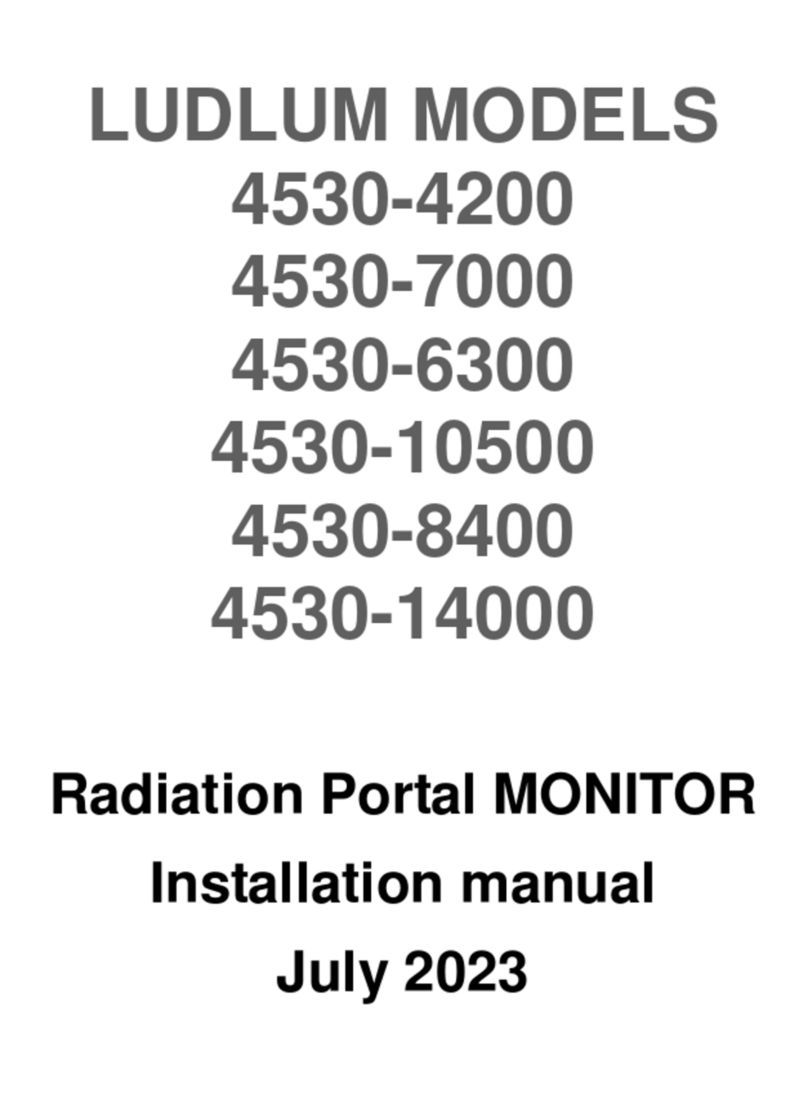
Ludlum Measurements
Ludlum Measurements 4530-4200 User manual
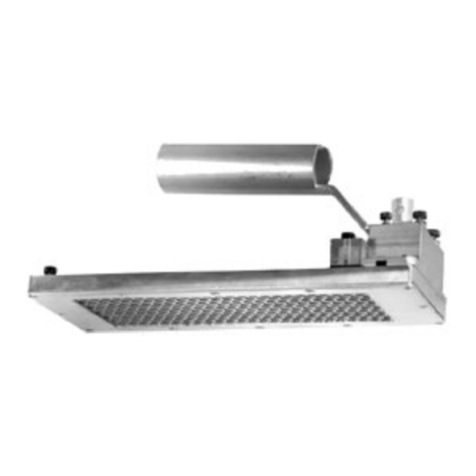
Ludlum Measurements
Ludlum Measurements 43-44-1 User manual
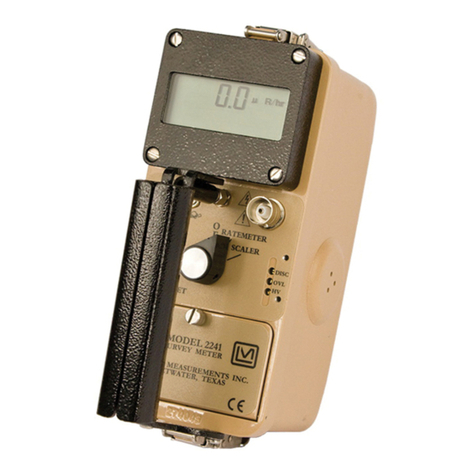
Ludlum Measurements
Ludlum Measurements 2241 User manual
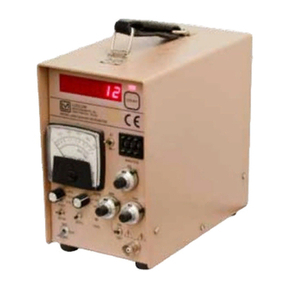
Ludlum Measurements
Ludlum Measurements 2200 User manual
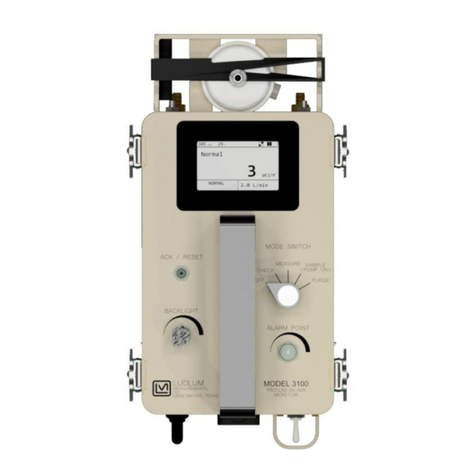
Ludlum Measurements
Ludlum Measurements 3100 User manual

Ludlum Measurements
Ludlum Measurements 43-5 User manual
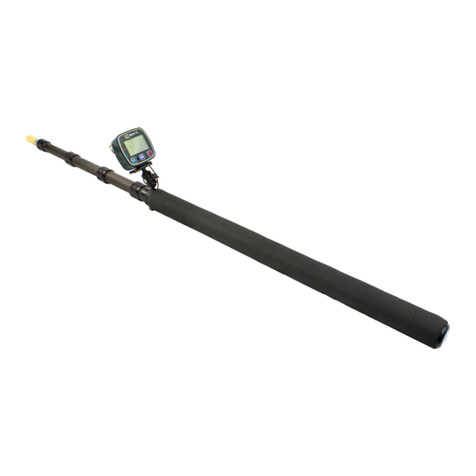
Ludlum Measurements
Ludlum Measurements 79 Sreries User manual
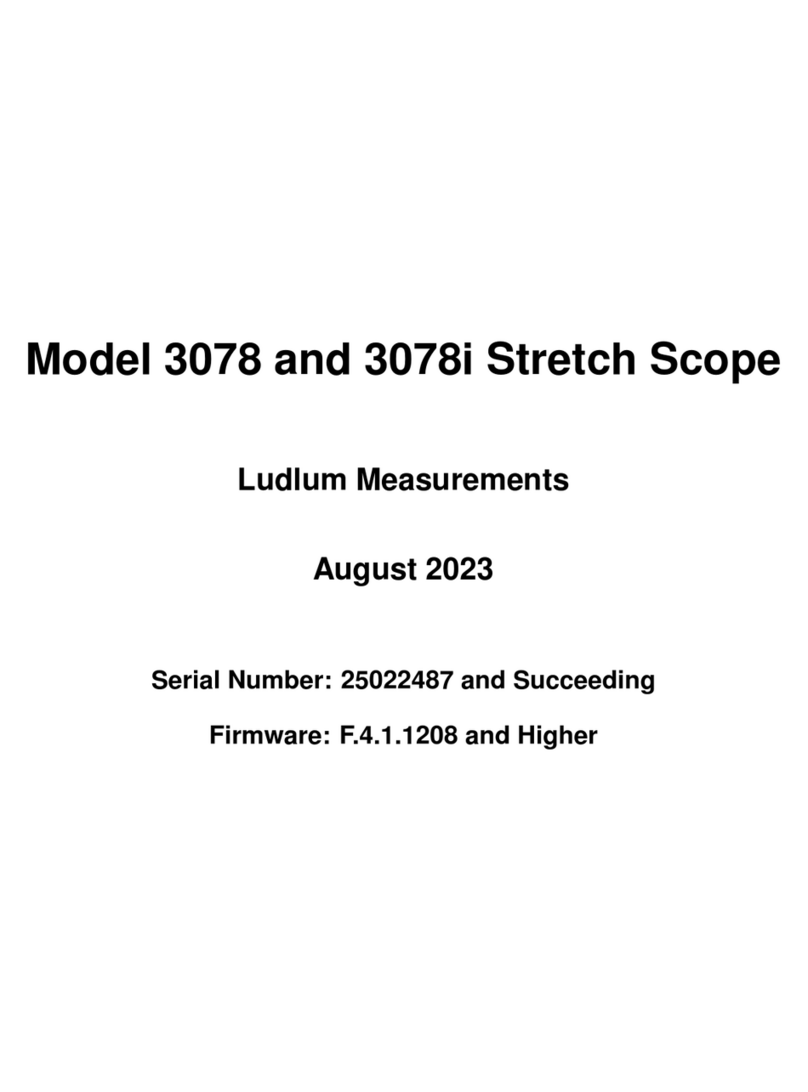
Ludlum Measurements
Ludlum Measurements 3078i User manual
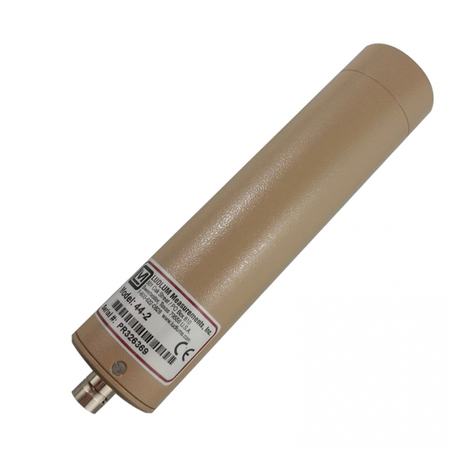
Ludlum Measurements
Ludlum Measurements 44-2 User manual
Popular Measuring Instrument manuals by other brands

Powerfix Profi
Powerfix Profi 278296 Operation and safety notes

Test Equipment Depot
Test Equipment Depot GVT-427B user manual

Fieldpiece
Fieldpiece ACH Operator's manual

FLYSURFER
FLYSURFER VIRON3 user manual

GMW
GMW TG uni 1 operating manual

Downeaster
Downeaster Wind & Weather Medallion Series instruction manual

Hanna Instruments
Hanna Instruments HI96725C instruction manual

Nokeval
Nokeval KMR260 quick guide

HOKUYO AUTOMATIC
HOKUYO AUTOMATIC UBG-05LN instruction manual

Fluke
Fluke 96000 Series Operator's manual

Test Products International
Test Products International SP565 user manual

General Sleep
General Sleep Zmachine Insight+ DT-200 Service manual
